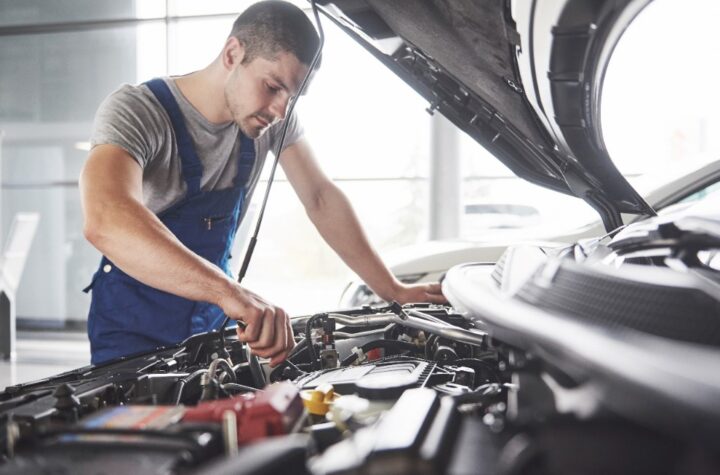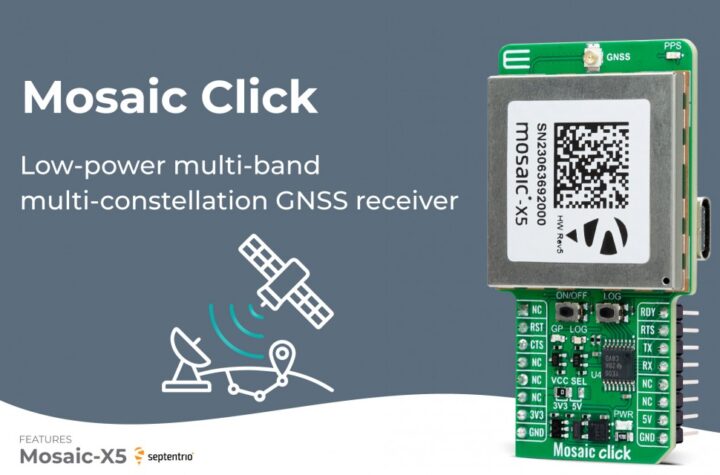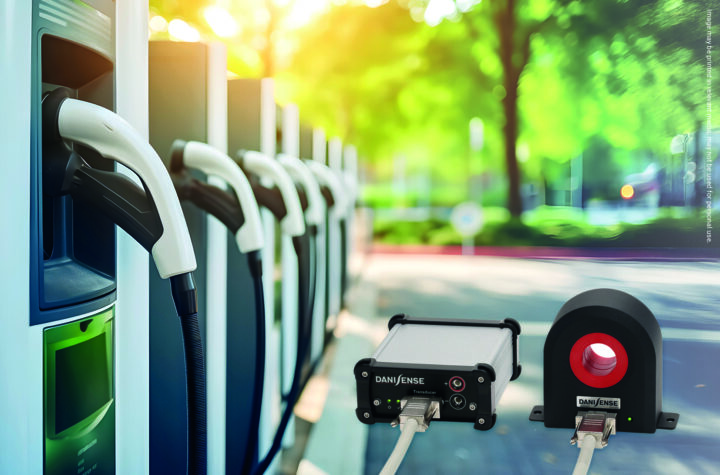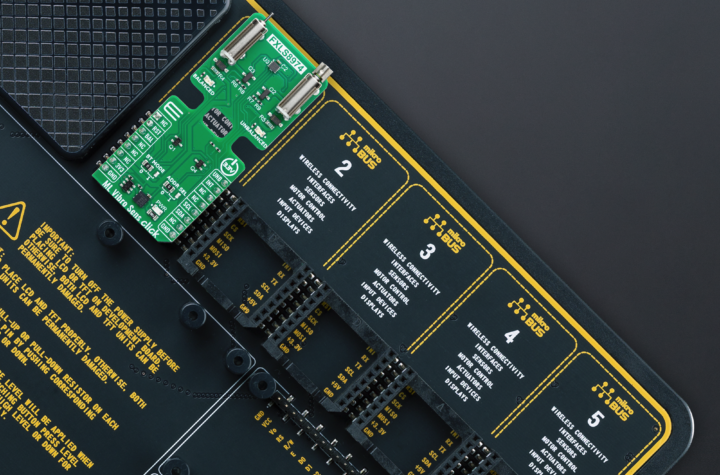
With the launch of MOST150, the MOST Cooperation says it is ready to help other industries standardize multimedia networking.
Founded by a core group of leading auto industry companies in 1998, the MOST Cooperation was founded in 1998 to standardize MOST Technology as a global standard for multimedia networking. The MOST150 Electrical Physical Layer Sub-Specification Rev. 1.0 based on coaxial was launched recently. “This MOST150 coax physical standard complements the existing MOST150 optical physical layer in the infotainment domain, especially for OEMs who have stringent preferences in the electrical physical layer. In addition, this new standard opens the way into other vehicle domains, as this physical layer is able to provide bi-directional communication and power supply on the same cable,” says Wolfgang Bott, Technical Coordinator of the MOST Cooperation.
MOST150 is a multi-channel network (control data, synchronous and packet channel) which allows the parallel usage of all these services through one network. It provides an isochronous channel for video data transmission, among others. It also enables IP data communication, providing the automotive-ready Ethernet channel according to IEEE 802.3. with freely configurable bandwidth from 0 to nearly 150 Mbit/s.
The MOST Cooperation will host the 12th MOST Interconnectivity Conference Asia on November 17, 2011 in Tokyo, Japan. The focus of the conference will be on MOST150. “We very much acknowledge this major effort and invited speakers from the automotive electronics industry to contribute to the conference program. We look forward to presentations on the latest MOST designs, solutions, experiences, research results, and future outlooks,” says Christian Thiel, Administrator of the MOST Cooperation.
MOST150 is heading towards implementation. “The newest MOST generation is about to hit the road and the MOST Cooperation is proud that core partner members Audi and Daimler will be the first carmakers to integrate MOST150 into series production vehicles. This reflects MOSTCO’s path of success, with fast-growing acceptance of this de-facto automotive network standard by key carmakers worldwide.
Daimler and Audi were the first carmakers to integrate MOST150 into series production vehicles. The decision to integrate MOST150 into the Audi A3 series was taken in 2010, and the Volkswagen Group said it would roll out the technology into all its brands, including volume cars like the Golf and Top class vehicles like the Audi A8.
MOST150 is based on the well-proven technologies of MOST25. Therefore the vehicle harness, existing mechanisms for the transmission of multimedia data, and established application interfaces can be reused. In addition, MOST150 has the capacity to realize infotainment systems with an up-to-date set of features and a full-fledged multi-seat system. With the new packet channel, which is compatible with Ethernet, MOST150 enables the seamless integration of consumer electronics systems, Internet-based services, and established standards from the IT industry.
There are over 110 vehicle models on the road using the MOST infotainment backbone. The MOST Cooperation will demonstrate various aspects and application features based on MOST150,” says a spokesman for the MOST Cooperation.
Automotive Industries (AI) asked Dr. Wolfgang Bott, Technical Coordinator of the MOST Cooperation, to tell our readers about third-generation MOST technology that is rolling out.
Bott: Due to its consistent further development of the existing MOST25 and MOST50 transmission technology, MOST150 offers clear benefits, including an increase in bandwidth, an Ethernet channel for the transmission of IP data, isochronous streaming for the transmission of video streams, packet data transmission, synchronous streaming for transmitting multichannel audio, and a control channel to transmit control commands to peripheral devices. MOST150 allows the parallel usage of all these services through one network.
Consequently, MOST150 meets the requirements not only for the traditional areas of entertainment and information, but also for the new domains of mobile connectivity, connected services, and driver assistance. MOST150 offers the technology and the audio/video capability for next generation automotive infotainment features and devices such as head units, rear seat entertainment, amplifiers, TV-tuners and video displays. In addition, it is ready for new features like Internet access devices, iPods, cameras, video processing units, and many more.
AI: What will be some of the core issues vis a vis MOST150 that will be highlighted at the MOST Interconnectivity Conference in Tokyo this November?
Bott: Highlights will include MOST150 implementation update and experiences, including evaluation and results of carmakers’ activities, as well as know-how and lessons learned from running MOST150 serial development. Further presentations will introduce latest MOST devices and systems including optical connectors, test solutions and ongoing specification activities such as High-bandwidth Content Protection (HDCP) on MOST. An outlook into the MOST future together with a perspective on possible future MOST Technology aspects and applications will round off this high quality conference program.
AI: What are some of the new challenges facing the MOST150?
Bott: The integration of a new network is always coupled with high investment and is a risky project. But, the risk with MOST150 is as small as possible as the migration from existing MOST25 is rather an evolution than a revolution. MOST150 allows carmakers to continue the use of POF and LEDs as light sources. They can continue to use their established optical wire harness and assembly processes which makes the transition to higher bandwidth networking with MOST150 a smooth procedure. The same holds at device level. The applications can stay the same, only the network interface controller needs to be exchanged.
AI: Tell us a little about the time line of the roll out of the latest MOST150 developments.
Bott: First use of MOST150 will be with the start of production of the new Audi A3 series in 2012. Following this, the technology will roll out successively through each of the series in the Volkswagen group. This contains the vehicle construction sets MQB (modular transverse construction set) and MLBevo (modular longitudinal construction set). Daimler also confirmed that MOST150 has successfully passed comprehensive evaluation and is ready for mass production. Daimler will start MOST150 in Mercedes-Benz S-Class vehicles in 2013.















More Stories
Sika – where battery storage technology for EVs, wind and solar meet
Battery pack solutions from PPG
Cybord TCI – The Future of Manufacturing Integrity